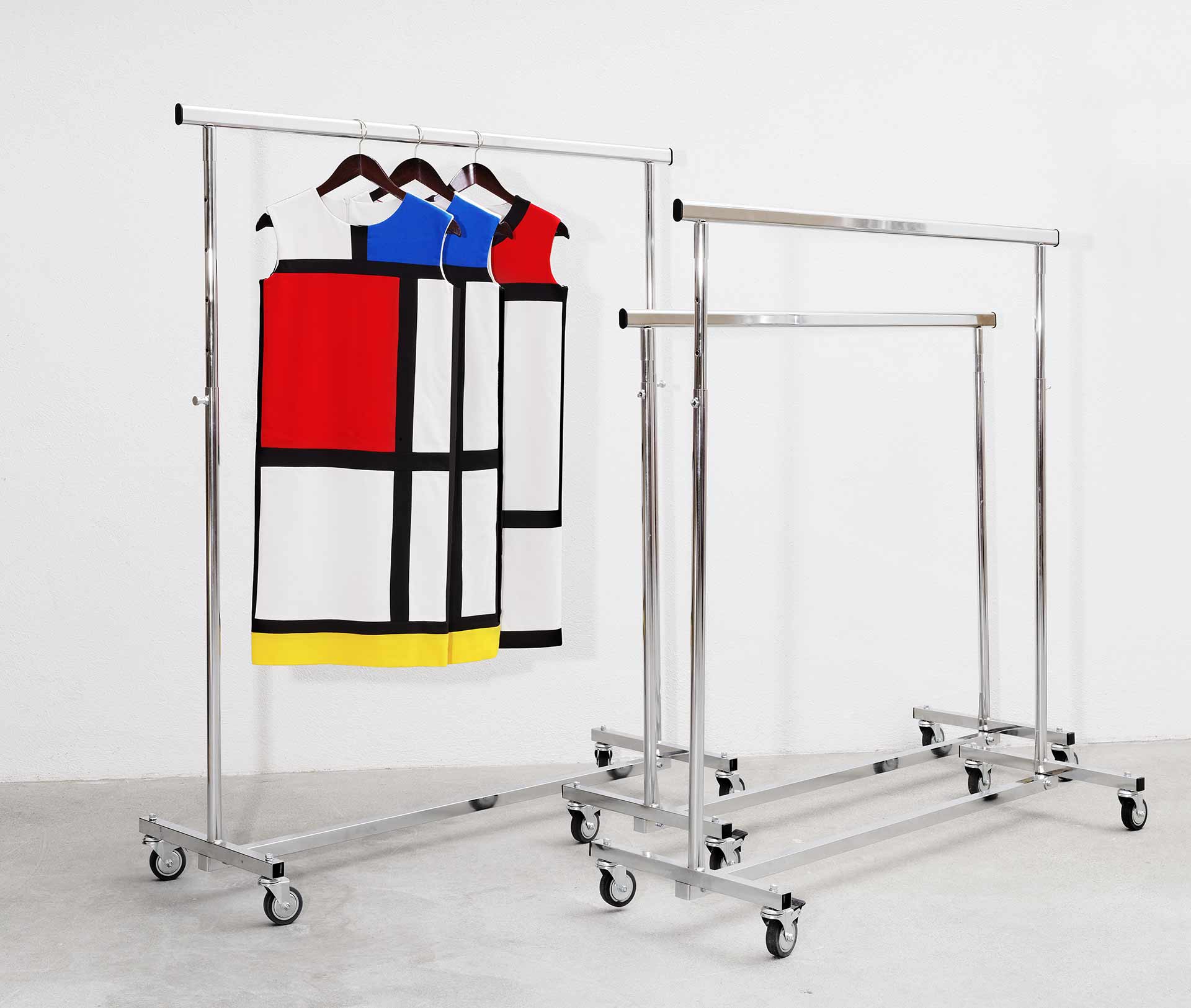Fashion Revolution
Gallery 202
This chapter looks at how the changing roles of men and women we saw earlier can be viewed through the prism of fashion. To this day, Coco Chanel’s ‘little black dress’ from around 1927 remains the most timeless expression of that change in the fashion world. Clothing became more functional, while the body’s outline came increasingly to the fore. The ‘new woman,’ or ‘flapper,’ became an enthusiastic consumer of products from the modern cosmetic industry and also experimented with plastic surgery, which turned from reconstructing the ravaged faces of the warwounded to pursuing ideals of beauty. Writing in 1927, fashion creator Lucien Lelong noted: “Diet, exercise, reducing appliances and treatments, the spread of outdoor sports—so the usual opinion runs—have accomplished it. The modern woman has become the architect of her own figure. She has succeeded in remaking herself in the image of her own ideal. [...] Today women are still young at forty.” The fashion industry’s most important suppliers included the textile sector; in the 1920s Switzerland that chiefly meant the silk industry, which was one of the largest in Europe at the time. In this chapter, some historically significant examples attest to the wide range of silk products, and the synergy between artists and industry.

